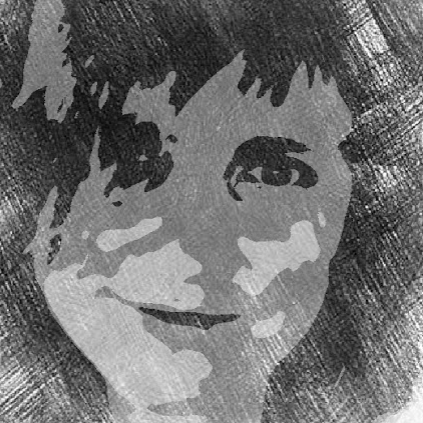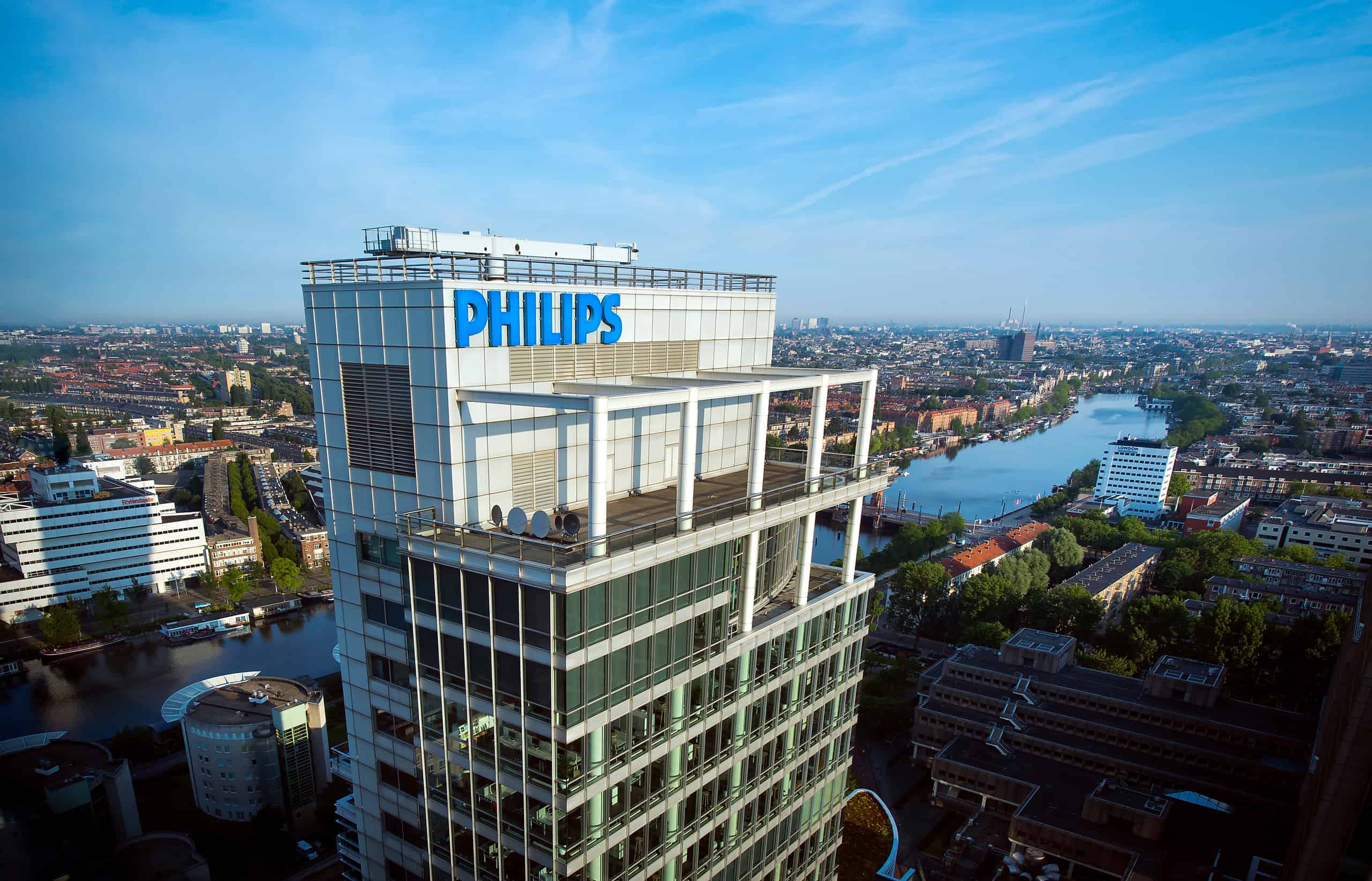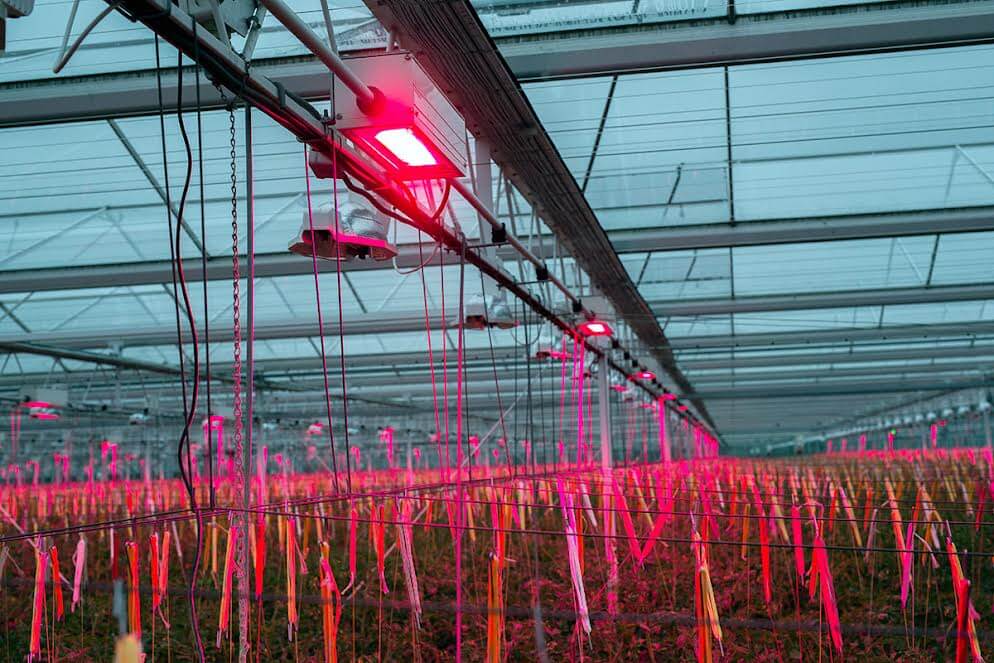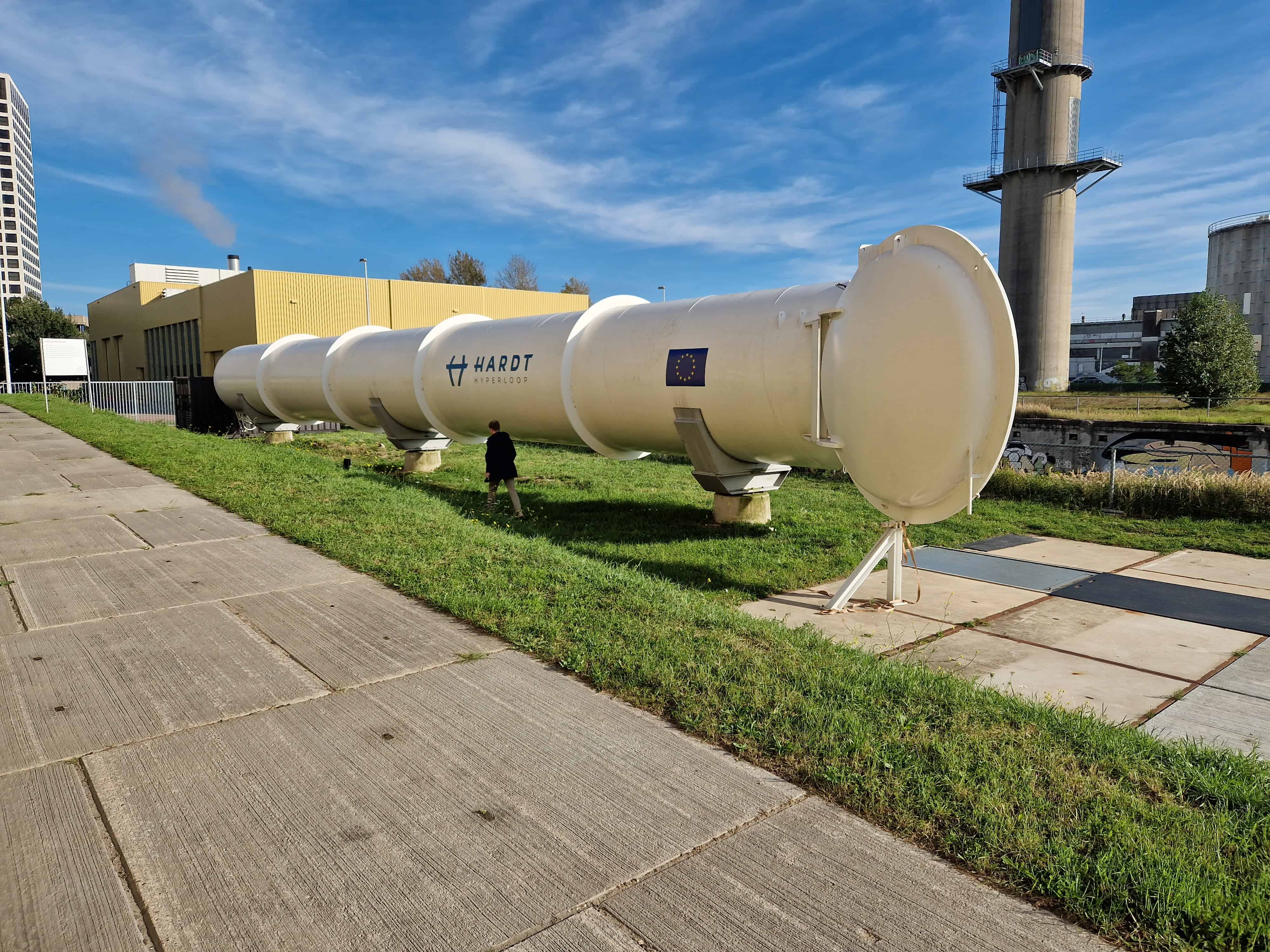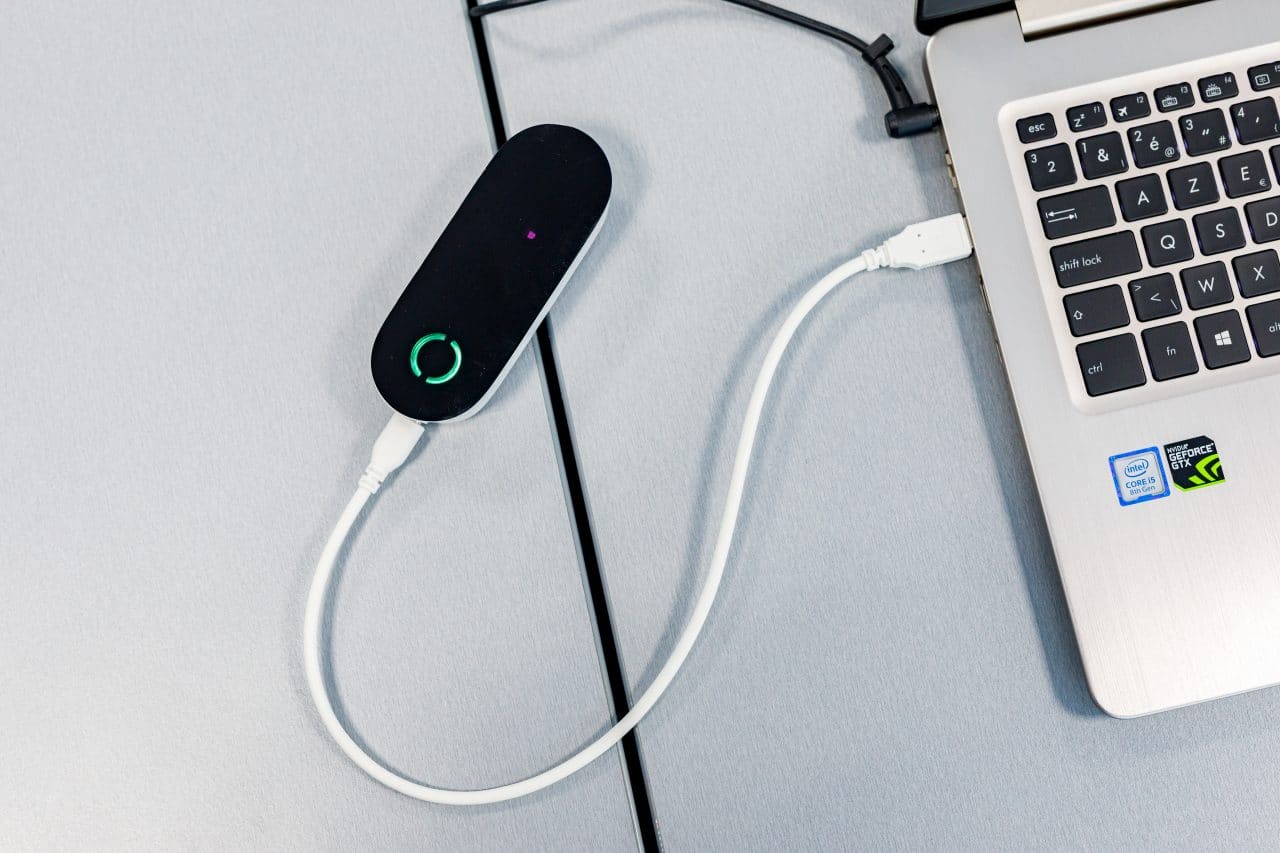
The number of project orders for the installation of systems that communicate data via LiFi is skyrocketing, according to Head of Business Development Ed Huibers of Eindhoven-based tech company Signify (formerly Philips Lighting). With LiFi, communication is via light instead of radio frequencies.
Over the past year, Signify started work on around one hundred LiFi installations in office buildings, hotels, trains, warehouses and electronics companies. There the robots communicate with each other via LiFi from a ceiling-mounted lamp. Like at Wieland Electronics in Germany. The number of project orders will more than double this year Huibers stated during a presentation last week. This was held for engineers who are members of the Kivi trade union in The Hague.
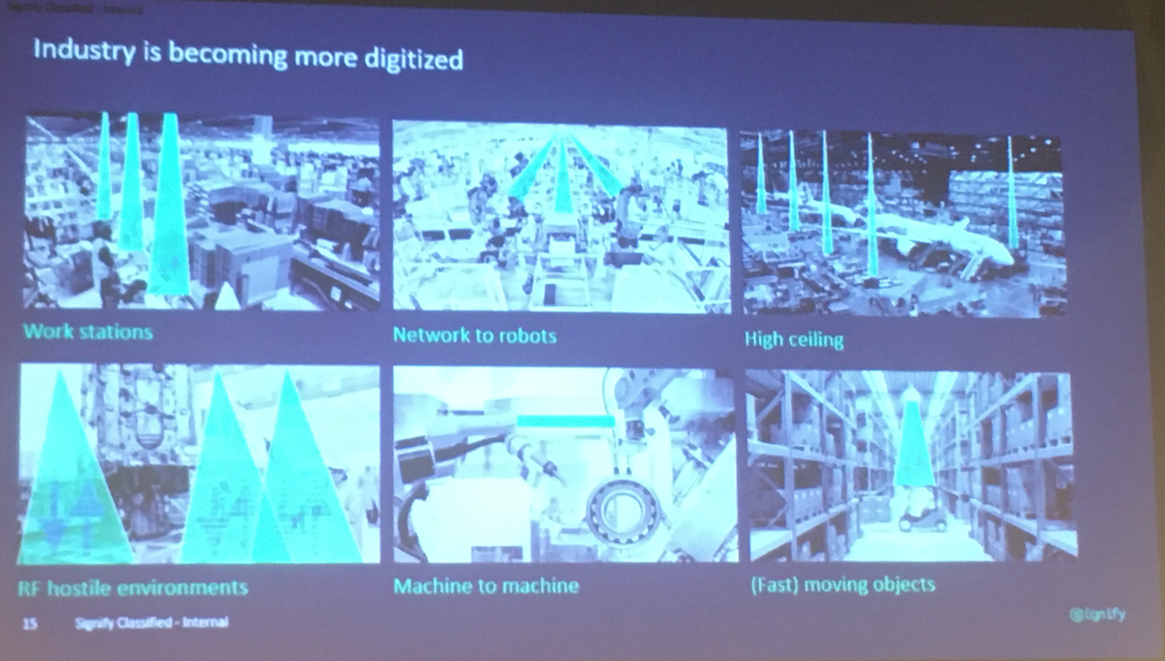
When asked whether Signify had enough staff available to complete all of the LiFi work on time, he referred to his company’s recruitment page. “There are still 28 vacancies.”
Alternative for WiFi
LiFi is an alternative to WiFi whereby light waves are used instead of radio waves for data communication. The reason that this is interesting is that the spectrum for radio frequencies has become saturated with users. Consequently, there is not so much space left for communicating more data at a time when data traffic is growing rapidly, Huibers said. On the one hand, this is because more and more devices in outdoor spaces and business as well as domestic environments are communicating increasingly more data. They usually make use of WiFi in order to do that. But also because people are now communicating more and more data about matters than they have ever done before.
As an example, he referred to what happens after making online orders. “You used to order a package and then you would get it through the post on Tuesday, for instance. There was no communication in between. Nowadays you get a message that you have ordered the parcel, that it has arrived at the postal service, that the postal service has sorted the parcel and handed it over to a delivery truck and that it has been delivered to your home.”
Read also: “Excellent Light combined with fast broadband data connection”: Signify’s LiFi
Light spectrum is empty
All those messages require the use of data communication that wasn’t in place in the past. The advantage of LiFi is that it uses the light spectrum which is a thousand times larger than the radio spectrum and which is still empty. So there is plenty of space there to communicate data. A disadvantage of communicating data via light is that light waves cannot pass through curtains or walls. Whereas sound, as everyone knows, is capable of doing that. This can be remedied by linking LiFi to another data communication system such as WiFi.
At the same time, it is also a great advantage for specific applications that LiFi doesn’t penetrate walls. This means you can cut off data traffic from the outside world within four walls if so desired. Consider court hearings, private data that has to remain within a certain work environment. Such as bank details within a bank or patient details within a hospital.

Aircraft industry
Recently Signify received a project order from the French aircraft manufacturer Groupe Latécoère. They wanted a LiFi system for in-flight data communication that could be used to stream films that would be shown on screens in front of the seats. Earlier, Signify installed a LiFi system in an aircraft manufacturer’s workshop for the production of aircraft wings. An inspector could then take photographs of the construction that he wanted to send directly to his office.
Another project order came from a hotel in London. “For hotels, connectivity is paramount,” Huibers said. “The first thing guests check is if they have WiFi and if it works. That’s what consumer research shows. They don’t listen to the receptionist behind the counter until they’ve handed over the WiFi password.”
Initially, this type of network will serve as an internal data communication network for the hotel. For example, for the streaming of films. This ensures that there is enough space on the WiFi network for the guests.
Adaptor for the regular consumer
Up until now a regular consumer who wants to use LiFi has had to connect an adaptor to the device used. “Via a USB stick, for instance.” After all, the current generation of phones, laptops and tablets are not set up to receive and send light signals which a LiFi lamp transmits and receives.
Huibers doesn’t think that LiFi will supplant other data communication systems anytime soon. “WiFi, 5G and other systems will continue to coexist,” he predicts.

